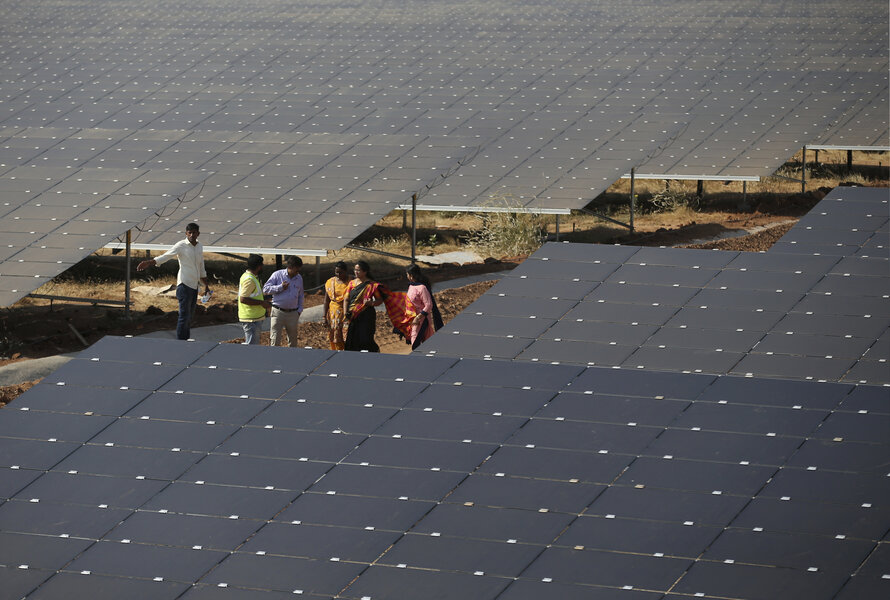Next green leader? India halts new coal plant construction.
Loading...
| Bengaluru, India
The Indian government will not consider any proposals for new coal plants for the next five years and focus on growing its renewables sector, according to an updated national electricity plan released Wednesday evening.
The temporary pause in the growth of dirty fuel was hailed by energy experts as a positive step for a country that is currently reliant on coal for around 75% of its electricity.
Updated every five years, the plan serves as a guideline for India’s priorities in its electricity sector.
India is the world’s third highest emitter and most populous country. It plans to reach net-zero emissions by 2070, which would mean significantly slashing coal use and ramping up renewable energy.
In a draft of the plan released in September, the Central Electricity Authority, which is in charge of planning for India’s electricity needs, projected that nearly 8,000 megawatts of new coal capacity was required by 2027. But Wednesday’s strategy proposes the build out of more than 8,600 megawatts of battery energy storage systems instead.
Battery storage is crucial for round-the-clock use of renewable energy.
“This plan is a step in the right direction,” said Raghav Pachouri, an energy sector expert at Vasudha Foundation, a New Delhi-based think tank.
Mr. Pachouri said one reason the plans for new coal might have been scrapped is that there are already some coal plants under construction.
The country is also experiencing longer summers and hotter weather in part due to climate change, meaning greater electricity demand during the scorching day, making it easier to fulfill energy needs with renewables, said Mr. Pachouri.
“When you need energy during the day, solar power can provide for it,” he said.
India plans to install 500 gigawatts of clean energy by 2030, enough energy to power anywhere from 150 to 500 million homes depending on power use, but is not on course to meet that target, according to Aditya Lolla, an energy analyst at the think tank Ember.
“We’re installing only up to 17 gigawatts a year, this needs to increase to 40 to 45 gigawatts to meet targets,” said Mr. Lolla.
The new plan goes on to project that new coal power will be built after 2027, but Mr. Lolla says this should be taken with a pinch of salt.
“Traditionally, projections for the coming five years are more concrete and those for the subsequent years are essentially placeholders,” said Mr. Lolla. “India wants to move towards a cleaner power system. With every electricity plan, the coal pipeline is falling.”
Mr. Lolla predicts that with the current volatile global energy picture, due to Russia’s war in Ukraine, climate change, and pandemic recovery, India will take a call on its longer-term energy plan at a future date, depending on how things progress by 2027.
This story was reported by The Associated Press.







